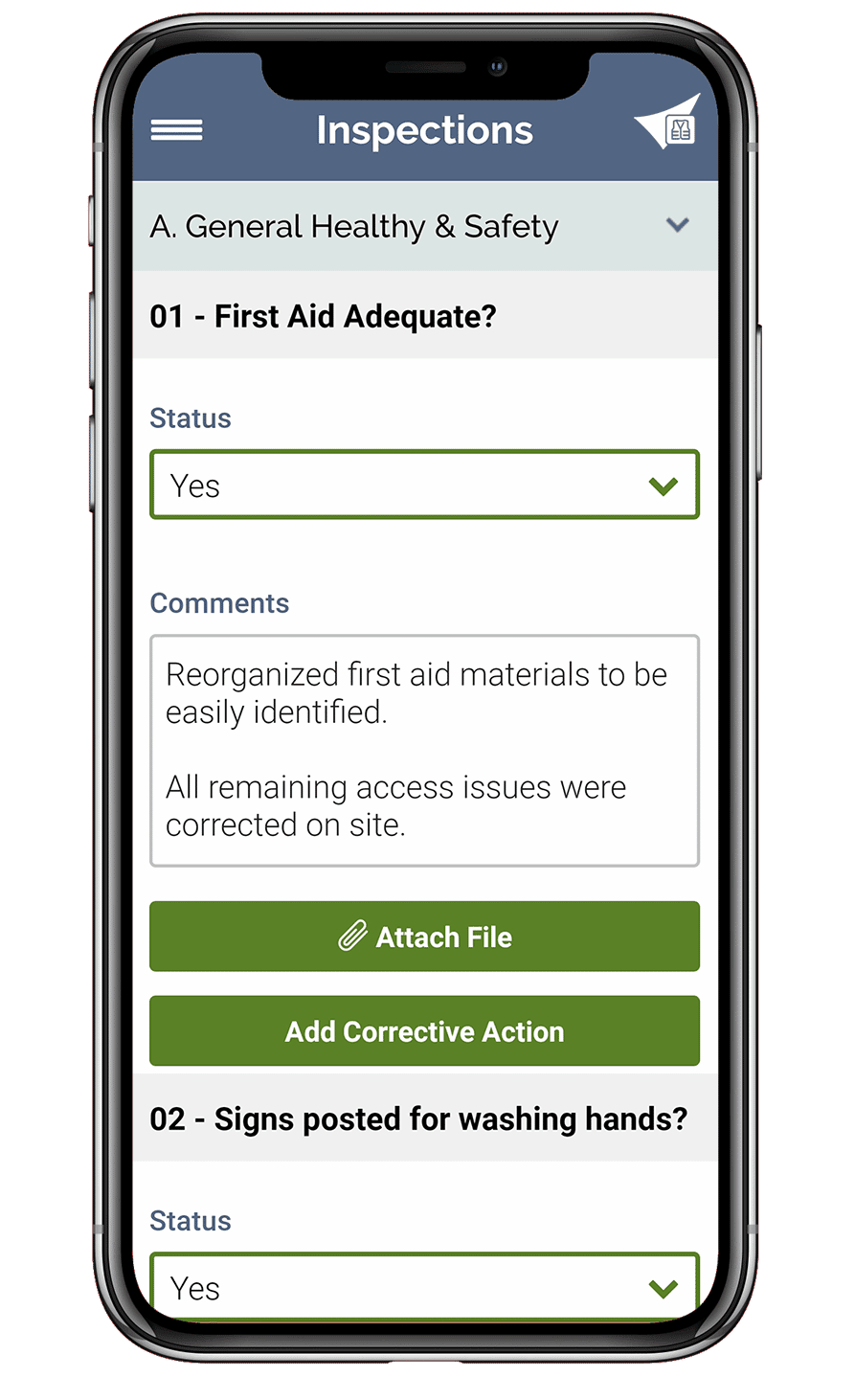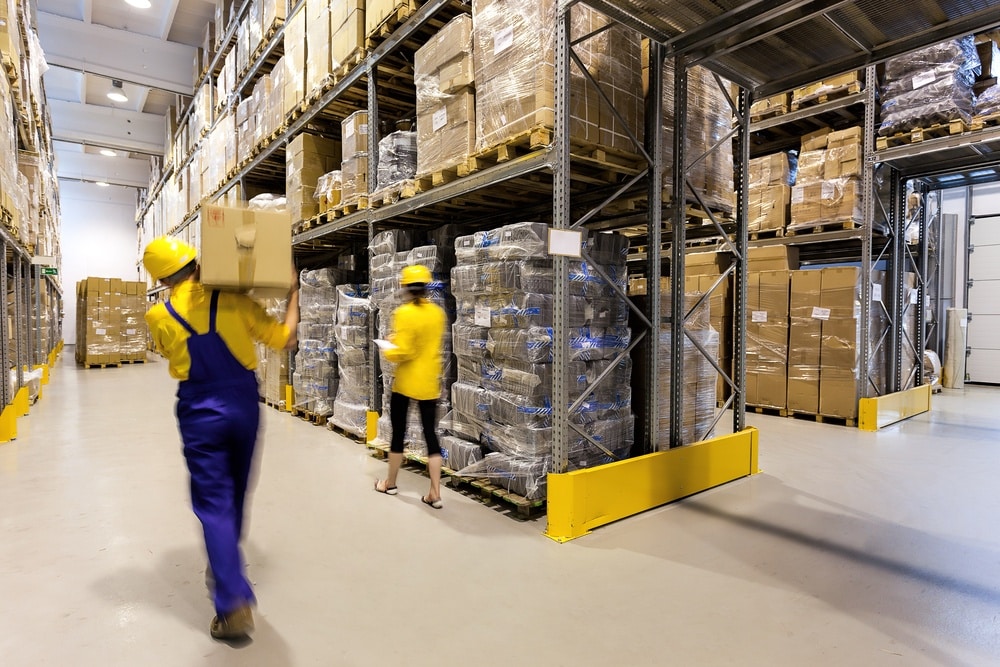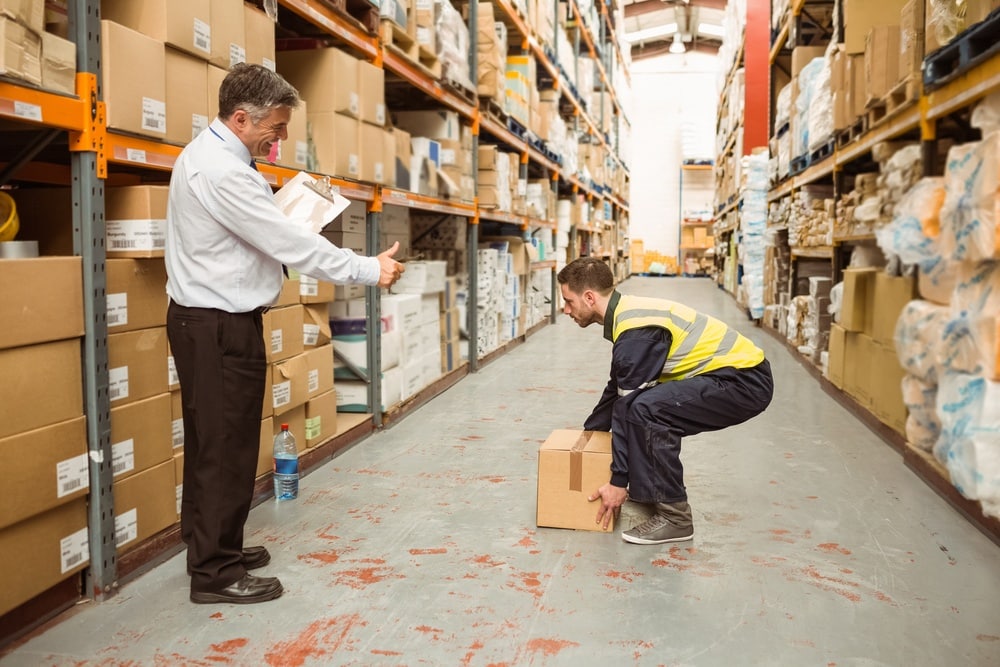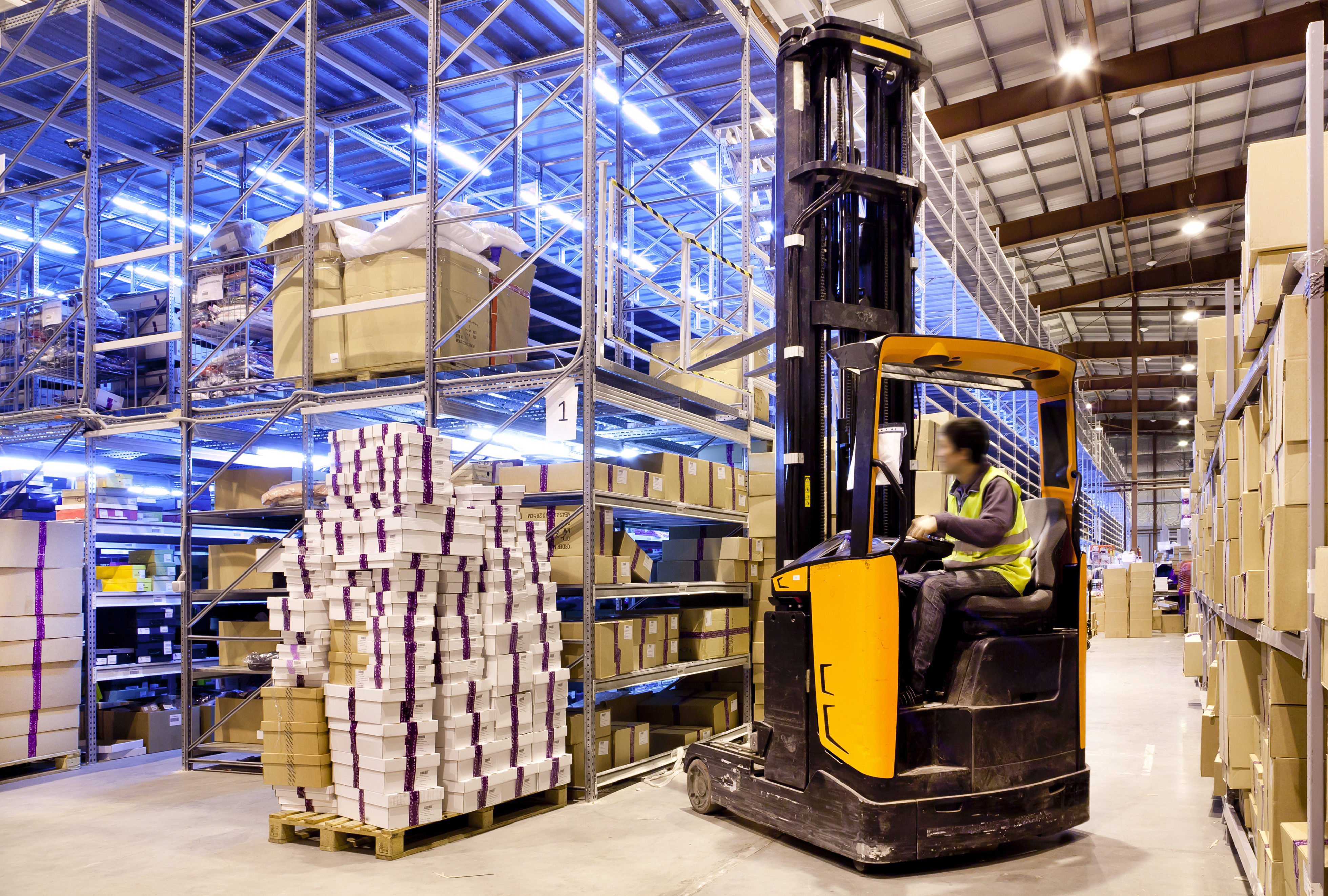February 20, 2018 4 min read
Safe Stacking Guidelines for Warehouses
Industry:
Solution:
Some of the most overlooked hazards in the workplace are caused by improper storage of materials. While the Occupational Safety and Health Administration (OSHA) does not have a standard dedicated to the handling and storage of materials, they have a pamphlet for warehouses to follow.
This article highlights some of the most important guidelines in OSHA’s pamphlet for safe stacking and storage of materials. You’ll also want to follow some essential warehouse safety tips to better improve workplace safety.

Vector EHS Management Software empowers organizations – from global leaders to local businesses – to improve workplace safety and comply with environmental, health, and safety regulations.
Learn more about how our software can save you valuable time and effort in recording, tracking, and analyzing your EHS activities.
Learn more about how we can help:
- Incident Management Software →
- EHS Inspection Software →
- Key Safety Metrics Dashboard →
- Learning Management System (LMS) and Online Training Courses →
- Mobile Risk Communication Platform
Download our EHS Management Software Buyer’s Guide.

Safe Stacking Height
It should be no surprise that there are height limitations for stacking and storing materials in a warehouse. When a stack of pallets becomes too tall, it has less stability and is more likely to cause an injury when it falls.
The answer to “how high can you stack pallets in a warehouse?” is no more than 16 feet high if you are piling each piece on top of the other without the help of a machine. If you are using equipment such as a forklift truck, that number increases to 20 feet.
When it comes to the safety stacking height for boxes, a lot depends on different variables such as the contents of the box, its weight and size. Each warehouse will have its own height restrictions, which should be posted clearly and visibly around the warehouse.
As a general rule, all materials stored in tiers shall be stacked in blocks, interlocked and secured to prevent sliding or falling. Remember the higher items are stored, the more dangerous they become, so it’s always best to keep stacks short whenever possible.
Safe Stacking Techniques
There are a multitude of storage methods and techniques to safely stack materials in a warehouse.
Using block storage for warehouses tends to result in the safest stacks, provided weight and height limits are followed. This means stacking items in “blocks” using wood or plastic pallets one on top of each other.
Other safety tips may differ depending on the stacking method; whether you are stacking manually or with a forklift.

Manual Stacking
Items should be handled manually whenever possible in order to avoid the greater risk of injury that can come with powered industrial trucks. However, that doesn’t mean handling materials manually is free of hazards.
Workers should ensure that they have the proper training on safe lifting techniques and training on personal protective equipment (PPE) prior to moving materials manually. The age old “life with your legs, not your back” cannot be stressed enough. Proper warehouse safety training will help workers understand the dangers of improper lifting.
Employees should also be equipped with the right tools and PPE for manually lifting materials. This may include handles that attach to loads, and forearm protection, such as gloves, for loads with sharp or rough edges.

Forklift Stacking
Forklifts are an excellent way to avoid the potential injuries from manual stacking, but of course introduce their own (more dangerous) hazards. Much like manual stacking, it is critical forklift operators are properly trained. Only certified employees are allowed to operate forklifts.
Through training employees will know to place the load on the forklift as close to the mast as possible. This will help reduce the likelihood that the equipment will tip over and the items will fall off.
Employees will also have to meet OSHA’s forklift inspection requirements before operating a forklift. Once in moving anywhere, such as across the warehouse floor, it’s important the load is adjusted to the lowest position possible.
Track Safe Stacking Progress
Warehouse safety goes beyond stacking and storage hazards. It’s important to track the successes, as well as the hazards, to get the full picture. It should be clear that multiple factors, particularly training, play an important role in the safety of employees.
It’s best to track the progress of employee safety through different safety metrics, such as number of training sessions, hazards reported, and incidents. This may seem like an overwhelming task, but safety management software is available to assist. When you’re able to see the full picture, you may notice safe stacking become a regular occurrence on the floor!








